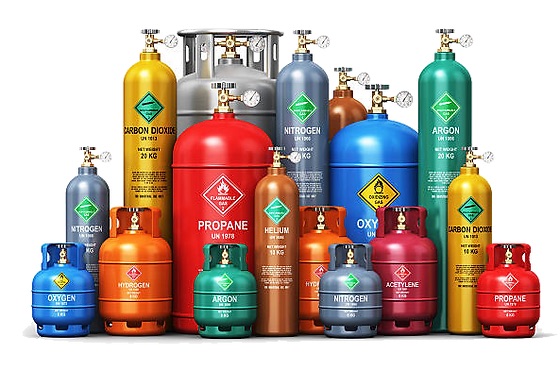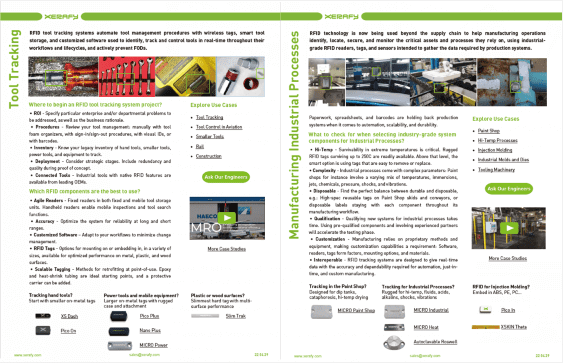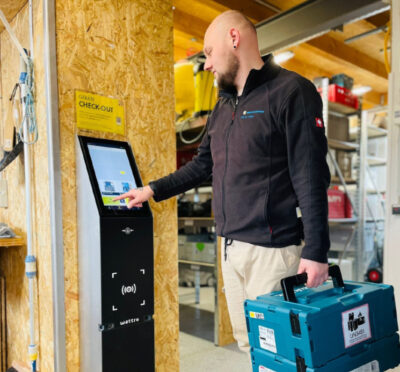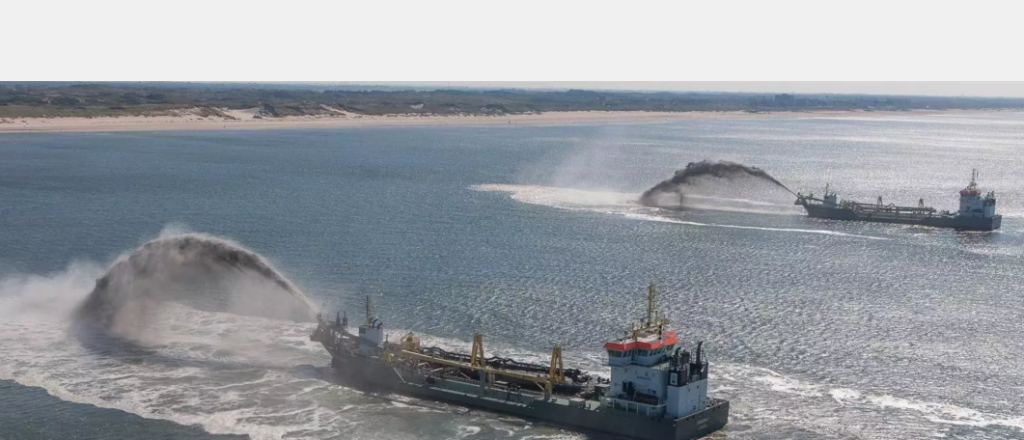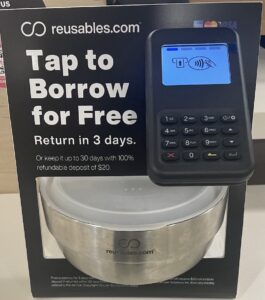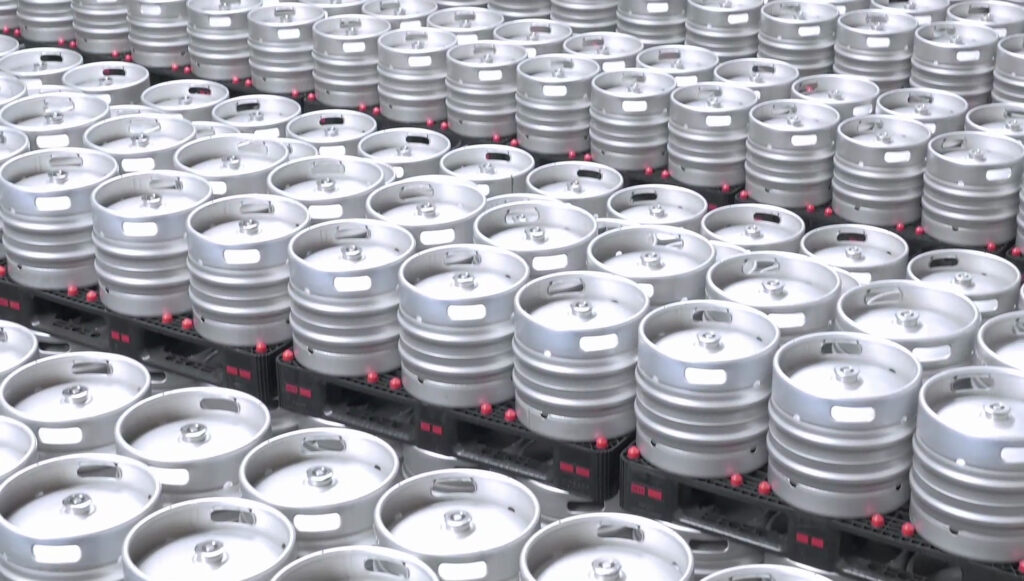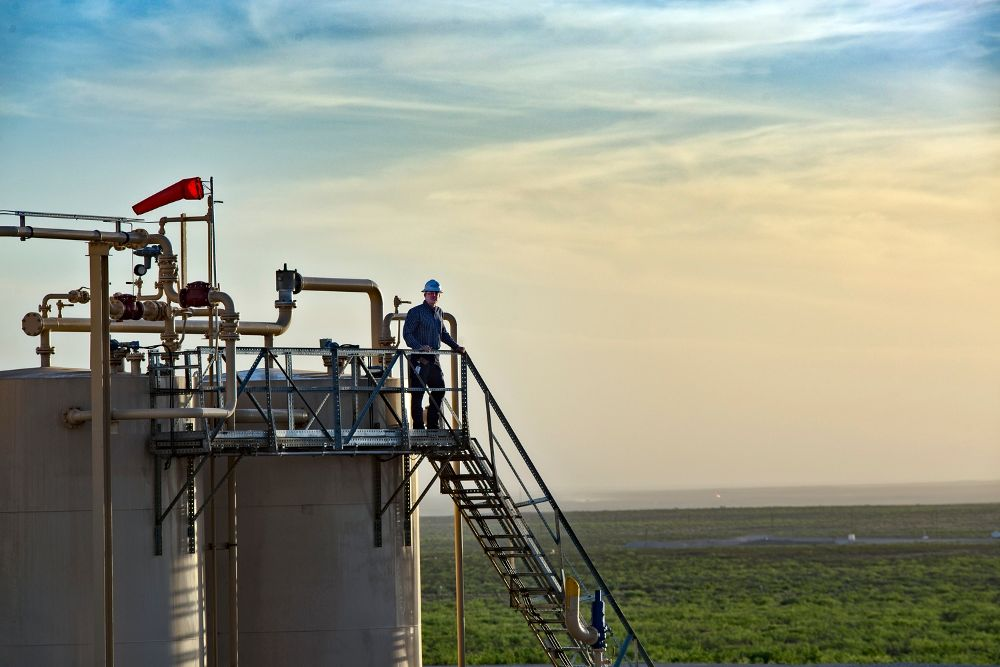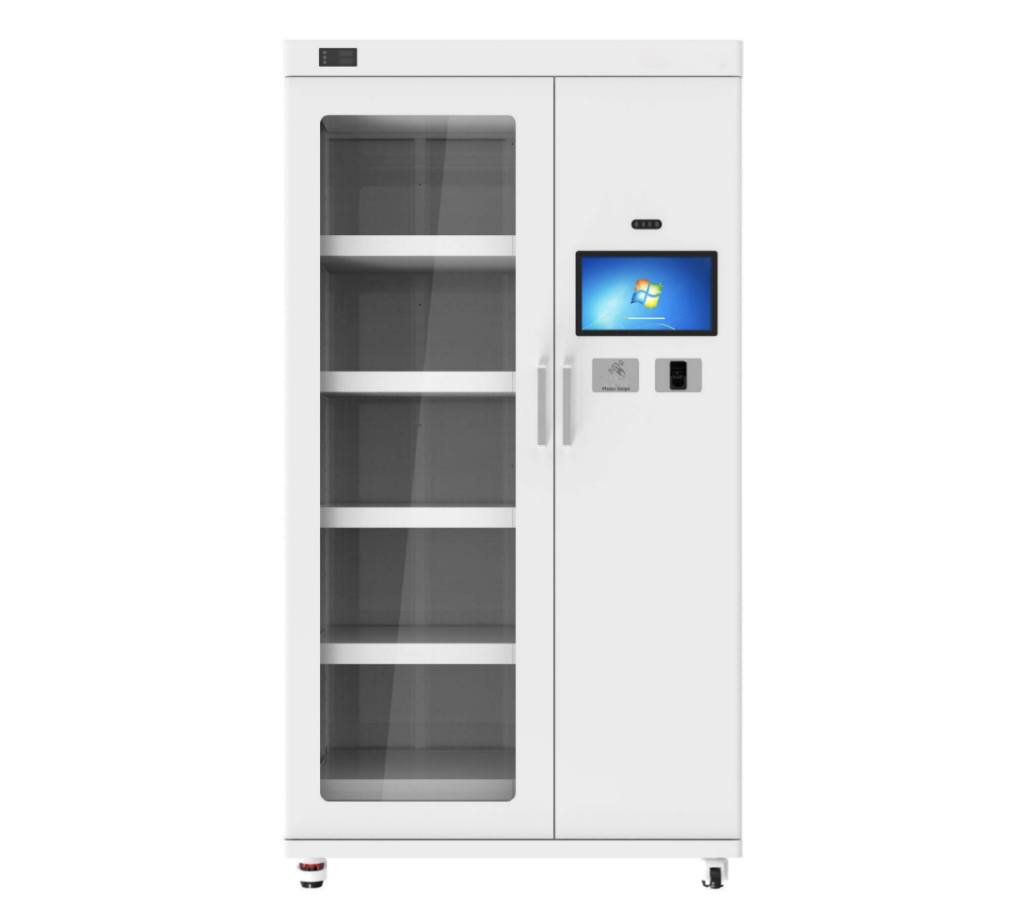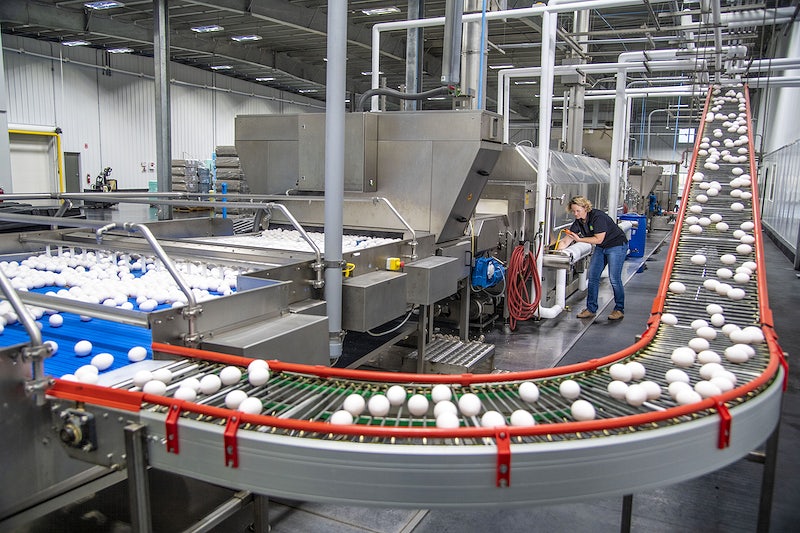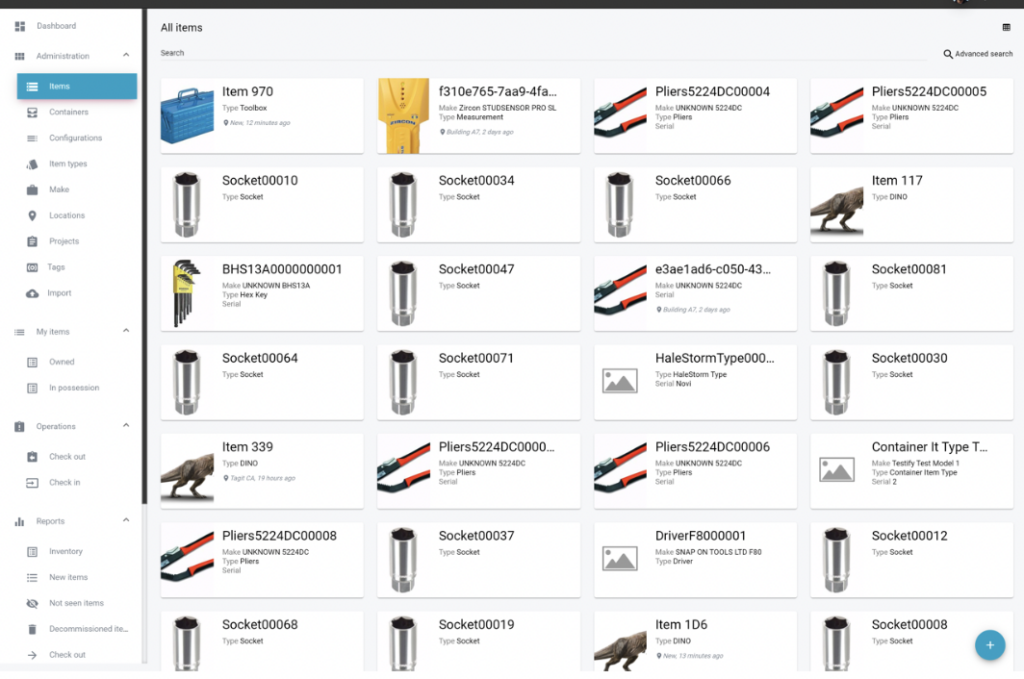How can operators optimize their LPG cylinder inventory? What strategies can be employed to gain better insights into usage and rotation patterns? How to track down “lost cylinders”?
These questions are at the heart of efforts by LPG cylinder operators to minimize inventory loss and enhance operational efficiency in what is best described as a complex supply chain. They are increasingly turning to digital solutions with a significant focus on wireless technologies like RFID to streamline and automate inventory management processes.
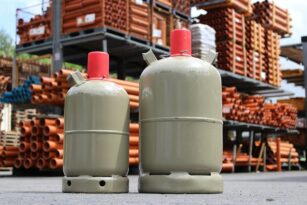
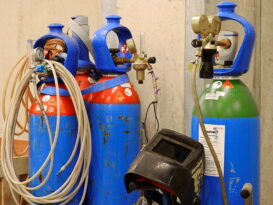
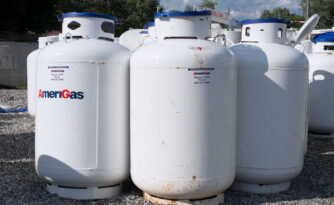
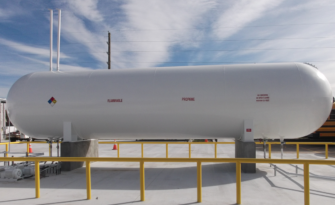
In doing so, they follow in the footsteps of other operators managing large inventory of gas cylinders, bottles, containers, tanks, kegs, etc, that are used across various industries and sectors:
- Energy – For the distribution and storage of liquefied petroleum gas (LPG).
- Industry – Gas cylinders are commonly used for welding and cutting operations and manufacturing processes.
- Healthcare – Medical-grade air used in hospitals and for anesthesia during surgical procedures.
- Food – Carbonation of beverages, food packaging.
- Refrigerants – Used in air conditioning and refrigeration systems (FGAS Compliance).
The Xerafy engineering team shares some of its experience with deploying RFID technology at the service of gas cylinder inventory management.
Challenges for Operators of LPG Gas Cylinders
Gas cylinder operations are rather complex affairs:
- Inventory – Accurate and up-to-date, which can be difficult to achieve given a large number of cylinders, frequent movements, and varying states of fullness.
- Transportation and logistics, often across long distances and different sites.
- Safety – Gas cylinders can be hazardous and require careful handling, storage, and maintenance to prevent accidents and leaks.
- Compliance with regulatory requirements.
- Financials – Pricing, billing, and collections.
And gas cylinders have a long lifespan, with manufacturers designing them to be reusable for around 15 to 25 years, through an intensive lifecycle:
- Filling – The cylinders are filled with various gases, such as oxygen, acetylene, or propane, by the manufacturer or specialized filling companies.
- Storage – Filled cylinders are stored in specialized facilities, such as warehouses or outdoor storage yards, until they are ready for distribution.
- Distribution – Cylinders are transported to customers using specialized vehicles like trucks or trailers.
- Cleaning and refilling – When the gas in the cylinder is depleted, it is collected to be returned for refilling at a specialized facility as well as cleaning and re-painting.
- Inspection and maintenance – Cylinders must be regularly inspected and maintained to ensure they are safe and meet regulatory standards.
RFID vs. Tracking Technologies for Gas Cylinders
Some of the most common tracking solutions include:
- Manual methods: Pen and paper or spreadsheets. A simple tracking method but prone to errors and labor-intensive.
- Barcode scanning: A more accurate and efficient method, but may still require manual data entry and is prone to errors.
- GPS (Global Positioning System): Useful for real-time tracking during transportation but may not be as accurate for tracking cylinders in storage. Also, the active technology requires a battery that increases the size of the tracker and requires regular maintenance in the field.
More advanced solutions for gas cylinder tracking systems have since appeared, such as RFID (Radio Frequency Identification) and NFC (Near Field Communication).
With RFID, a battery-less UHF tag is attached to the cylinders and a reader automatically tracks their movements and inventory over long read ranges of around 20 feet. The technology is highly accurate and efficient. Tags and readers are readily available across various price points and durability, owing to UHF becoming the de facto RFID tracking standard in many industries.
The RFID chip can store a cylinder’s serial number for item-level identification. The customer can then access all the information in the cloud, such as safety data, content, cylinder, batch, release number, etc.
First-generation RFID solutions rely on low-frequency (LF) transponders as they perform exceptionally well around metal objects. However, LF requires proximity (usually within 3 feet) to read the information accurately, while tags and readers tend to be more expensive.
NFC, on the other hand, is a type of RFID frequency readily available on smartphones. It is often associated with UHF for field tracking of cylinders. The combination allows for additional convenience and accessibility in tracking cylinders in the field.
Gas Cylinder Inventory Control Systems
Several prominent gas cylinder operators have implemented digital inventory management solutions utilizing various technologies, including:
- Praxair (part of Linde): Praxair implemented RFID-based inventory management systems to track and monitor their gas cylinders. RFID tags are attached to cylinders, allowing for automated tracking and real-time visibility of inventory levels.
- Air Liquide: Air Liquide has utilized barcode scanning technology in their inventory management systems. Barcodes are affixed to cylinders, and handheld scanners are used to track and manage the inventory accurately. The company has also developed a connected IOT-ready gas cylinder.
- Air Products: Air Products has implemented a cloud-based inventory management system that utilizes wireless communication technologies. This allows for real-time tracking, monitoring, and management of gas cylinder inventory across multiple locations.
- Matheson Tri-Gas: Matheson Tri-Gas has implemented a combination of technologies, including RFID and GPS tracking systems, to optimize their gas cylinder inventory management. RFID tags enable precise tracking, while GPS technology helps monitor and manage the cylinders’ location during transportation.
RFID Tagging Solutions For Gas Cylinders
The metal in gas cylinders and their storage systems can interfere with RFID. Special passive UHF RFID tags designed to work on metal can be utilized effectively for gas cylinder tracking.
These transponders are commonly employed by businesses looking to overcome the limitations of older-generation tracking system based on low-frequency (LF) RFID tags.
Key advantages of passive UHF RFID tags include:
- Automated scanning in bulk: Read hundreds of gas cylinders in seconds as they pass through designated checkpoints.
- Passive: Intrinsically safe (ATEX), low-cost, and no maintenance.
- No interference from metal: Gas cylinders can be accurately tracked even when stored in racks, cabinets, or other storage systems made of metal.
- Rugged: The transponders are designed to survive a typical lifecycle: Waterproof, chemicals, shocks, drops…
- Secure: Reliable attachment to cylinders e.g., industrial adhesives, epoxy, spot welding, rivets, screws….
- Unique ID: Item-level tracking within a facility or across multiple sites.
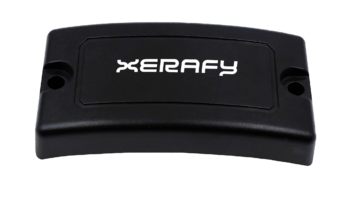
Durable UHF RFID tags like the Xylinder Outdoor are specifically designed to fit on metal LPG cylinders and kegs for read ranges of up to 3.5 meters.
Various types of RFID readers can be used for gas cylinder tracking systems. Both fixed readers and handheld readers are suitable:
+ Fixed readers are typically installed at designated tracking points, providing a more permanent and automated solution.
+ Handheld readers, on the other hand, offer flexibility and mobility, allowing users to capture information on the spot.
Using either reader, the information can be accurately captured and seamlessly integrated into an RFID asset-tracking system. This integration enables efficient tracking and management of gas cylinders throughout their lifecycle.
In conclusion, we can share 10 key considerations for gas cylinder inventory:
- Inventory: How many cylinders are in your operations? Are you tracking cylinders of similar sizes and shapes or a mix of different types? Do you have covered cylinders?
- ATEX: Passive technologies like Barcodes and passive RFID are ATEX-compliant and safe to use in explosive environments. However, active technologies such as GPS that rely on batteries are not considered intrinsically safe.
- Unique ID: You can use the EPC Global Standard supported by RAIN RFID technology to assign a unique identification number to each cylinder. This ID can be encoded into a chip and laser etched onto a tag.
- Costs: You have the option to choose standardized off-the-shelf solutions or fully bespoke systems, depending on your needs. Consider building on existing infrastructure for future scalability and cost-effectiveness.
- Retrofitting: Implement scalable and durable methods for retrofitting cylinders in the field. This can be done during the cylinder filling procedure, ensuring a fast and efficient process.
- Durability: Use industry-grade adhesives, epoxy, welding, mechanical methods, or zip ties to securely attach Barcodes or RFID tags. These tagging methods have been field-proven to withstand handling shocks, washdowns, sanding, and other aggressive processes.
- Lifecycle: Determine when and how to track the gas cylinders. Choose between bulk read options like gates/portals for vehicles passing through or spot checks using handheld readers / scanners. Consider the optimal reading angle and distance, whether from the top or side of the cylinder.
- Automation: Implement tracking systems that minimize impact on productivity and reduce human error rates. Hardwired tracking features can ensure seamless and accurate data collection.
- Cloud: Utilize cloud-based software platforms that enable remote inventory management, movement tracking, and report generation. This approach offers high efficiency and real-time data access, but it relies on a stable internet connection.
- Consumer: Leverage NFC (Near Field Communication), a type of RFID frequency available on smartphones, for field tracking of cylinders. This technology can provide additional convenience and accessibility.
The Xerafy engineering team can be contacted to provide advice on how operators can harness the full potential of RFID technology to optimize their inventory management processes.
Xerafy is a pioneer in RFID for industrial applications, bringing to market several innovations that enable advanced identification and automation capabilities.
In addition to a complete range of field-proven RFID tags available off-the-shelf, Xerafy offers Custom RFID Tags services, covering everything from a personalization service bureau to custom-design engineering capabilities.
